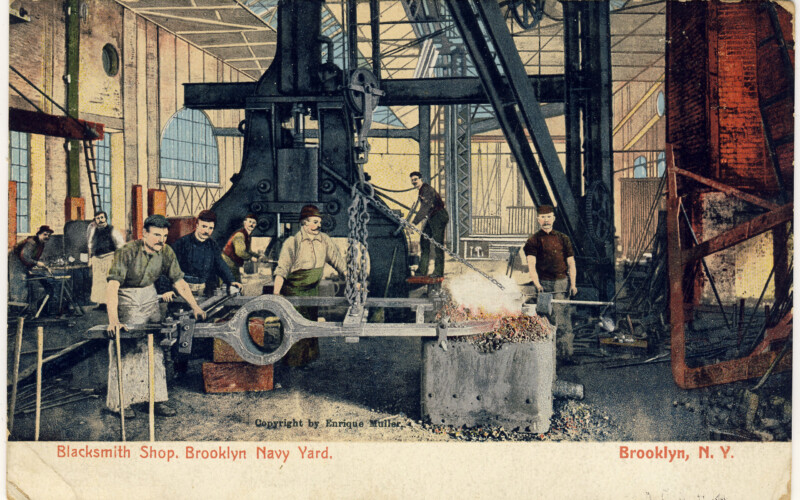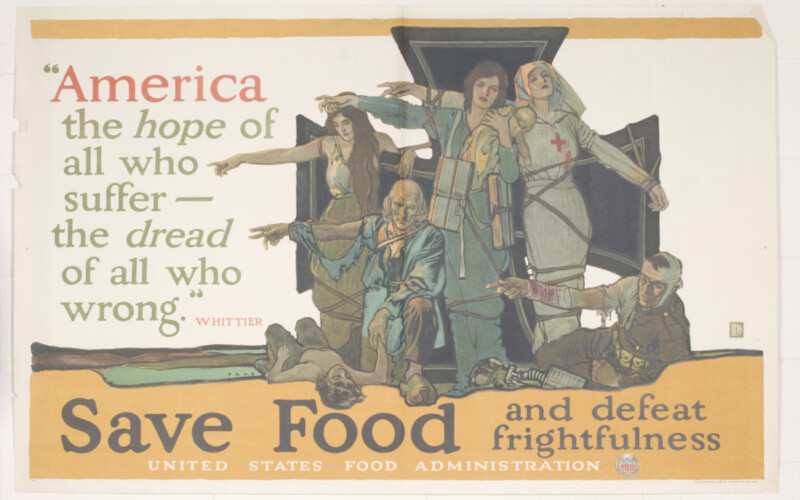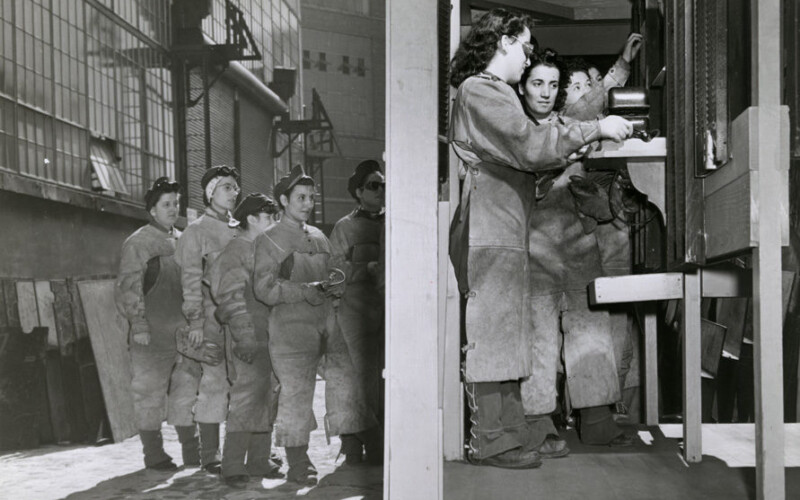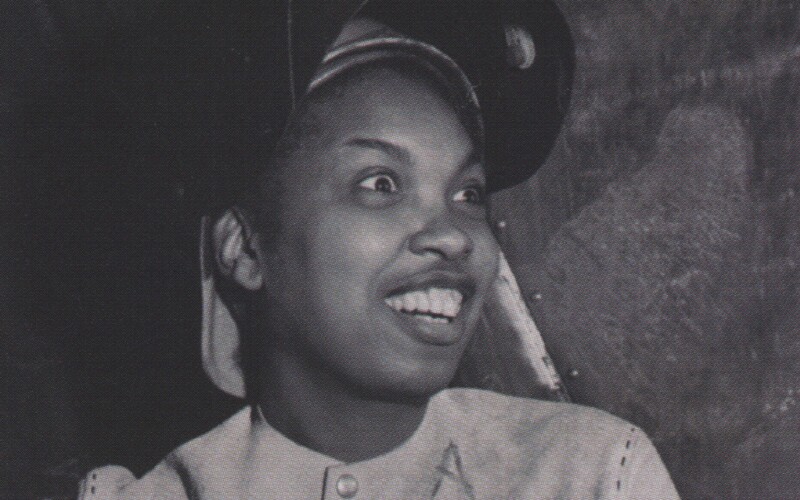We have experience hosting a range of audiences, from college classes to birthday parties to company outings, and we customize our tours to meet your group’s interests and needs.
Book a private tour today
Waterfront workers were at the vanguard of the labor movement; the word “strike” has its origins in work stoppages on the London docks in 1768, when sailors “struck” the sails …
Read more

April 6 marks the 104th anniversary of America’s entry into World War I, but the impacts of this global conflict were already being felt in New York City. Starting in …
Read more

Take a special World War II history tour of the Brooklyn Navy Yard co-led by Jennifer Egan, author of the award-winning novel Manhattan Beach, and our own resident historian, Andrew …
Read more

The Brooklyn Navy Yard reached its peak in World War II, employing 70,000 civilian workers. Desperately short of labor, the Navy employed more than 10,000 women at the Yard, in …
Read more
